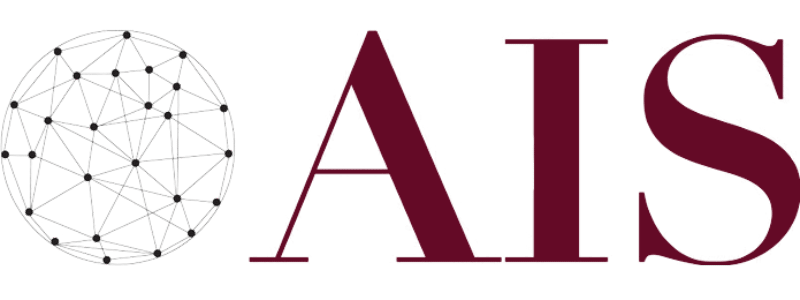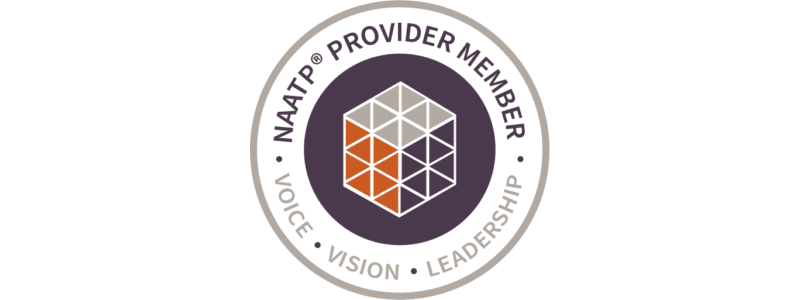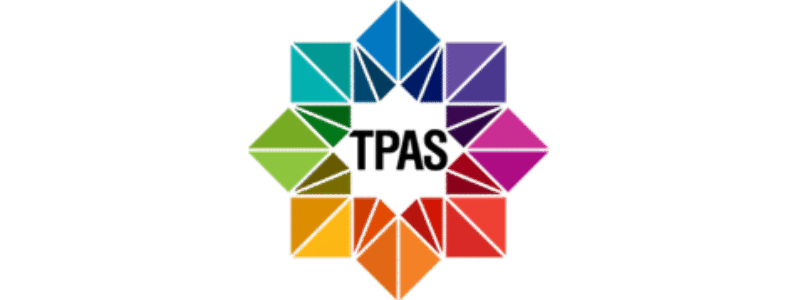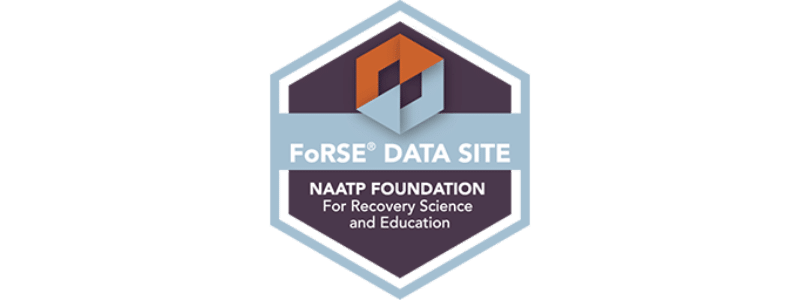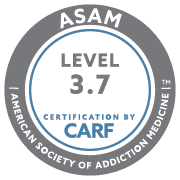DBT for Substance Abuse in California
Dialectical behavior therapy (DBT) is a type of evidence-based psychotherapy that teaches people new coping skills to help manage their emotions and decrease conflict in relationships. It focuses specifically on therapeutic skills in 4 key areas. There are 4 main skills that are focused on in DBT and they are:
- Mindfulness: Focuses on improving the ability to accept and be present in the moment.
- Distress tolerance: Aimed towards increasing the tolerance for negative emotions rather than trying to escape them.
- Emotional regulation: A method and a strategy used to manage and change emotions that are high intensity and cause problems with a person’s mental health.
- Interpersonal effectiveness: Techniques that allow the individual to communicate with others assertively. This allows for maintaining self-respect and strengthens relationships.
 When is Dialectical Behavior Therapy Used?
When is Dialectical Behavior Therapy Used?
Originally used to treat borderline personality disorder, it is also commonly used to treat:
- Bulimia
- Depression
- Binge-eating
- Bipolar disorder
- Any substance use disorders (SUDs)
- Post-traumatic stress disorder (PTSD)
DBT skills are believed to help people improve and regulate their emotions as well as coping skills for interpersonal effectiveness. Therefore, allowing for more negative emotions and distress tolerance. This then allows the person to be mindful and present at the moment, improving communication and the ability to interact with other people better.
What is DBT for Substance Abuse Like?
Typically, DBT treatment is made up of individual therapy sessions and DBT skills groups. Of course, individual therapy sessions are one-on-one contact with a trained therapist, making sure that all beneficial needs are being met. The therapist will help the individual stay motivated, use the DBT skills in daily life, and discuss obstacles that might come up during treatment.
DBT Group Therapy for Addiction
People who take part in DBT skills groups learn and practice skills along with others. Group members are encouraged to share their experiences and provide support. Groups are led by one trained therapist who teaches skills and leads exercises. The group members are assigned homework, such as practicing mindfulness exercises.
How Are CBT and DBT Different?
Like DBT, cognitive behavioral therapy (CBT) is also a form of psychotherapy that aims to change impaired emotions, behaviors, and thoughts by questioning and uprooting negative and illogical beliefs. CBT is a “solutions-oriented” form of talk therapy based on the idea that your thoughts and impressions influence your behavior.
In some cases, feeling distressed can distort your vision of reality. CBT and DBT help you identify harmful thoughts and determine whether they are an accurate picture of reality.
So, how can you choose between CBT and DBT? While you can attend both modes of therapy, differences between the two include the following:
- DBT emphasizes emotional and social aspects of behavioral change
- CBT is more short-term and focused on the present
- DBT works to help individuals accept negative thoughts without acting on them
- DBT is a form of CBT
DBT was developed to help people cope with extreme or unstable emotions and harmful behaviors. Additionally, dialectical behavior therapy helps people find ways to accept themselves, feel safe, and manage their emotions. The purpose is to help regulate possibly harmful or destructive behaviors.
How Does DBT for Substance Abuse Work?
DBT is a cognitive-behavioral treatment developed by Dr. Marsha M. Linehan in the 1980s to treat people with borderline personality disorder (BPD). People diagnosed with BPD often have extremely intense negative emotions that are hard to manage. These seemingly uncontrollable emotions typically occur when interacting with others — friends, romantic partners, and family members.
Dialectics — Acceptance, and Change
DBT is influenced by the abstract view of “dialectics,” which means the integration of opposites. The therapist works with the individual to try to find ways to hold two seemingly opposite viewpoints at once.
Doing this promotes balance and avoids the black-and-white, all-or-nothing styles of thinking. To support this balance, DBT promotes a “both-and” instead of an “either-or” outlook. The dialectic at the core of DBT is the seemingly opposite strategy of acceptance and change.
Addiction DBT: Past and Present
Dr. Marsha M. Linehan developed DBT to treat continually suicidal individuals. Later on, it was adapted for use with people with both severe substance use disorder and borderline personality disorder — one of the most common dual diagnoses in SUD and mental health clinical practice. The person’s therapist is the main treatment provider in DBT. The therapist takes the responsibility for developing and maintaining the treatment plan.
Five Functions of Treatment
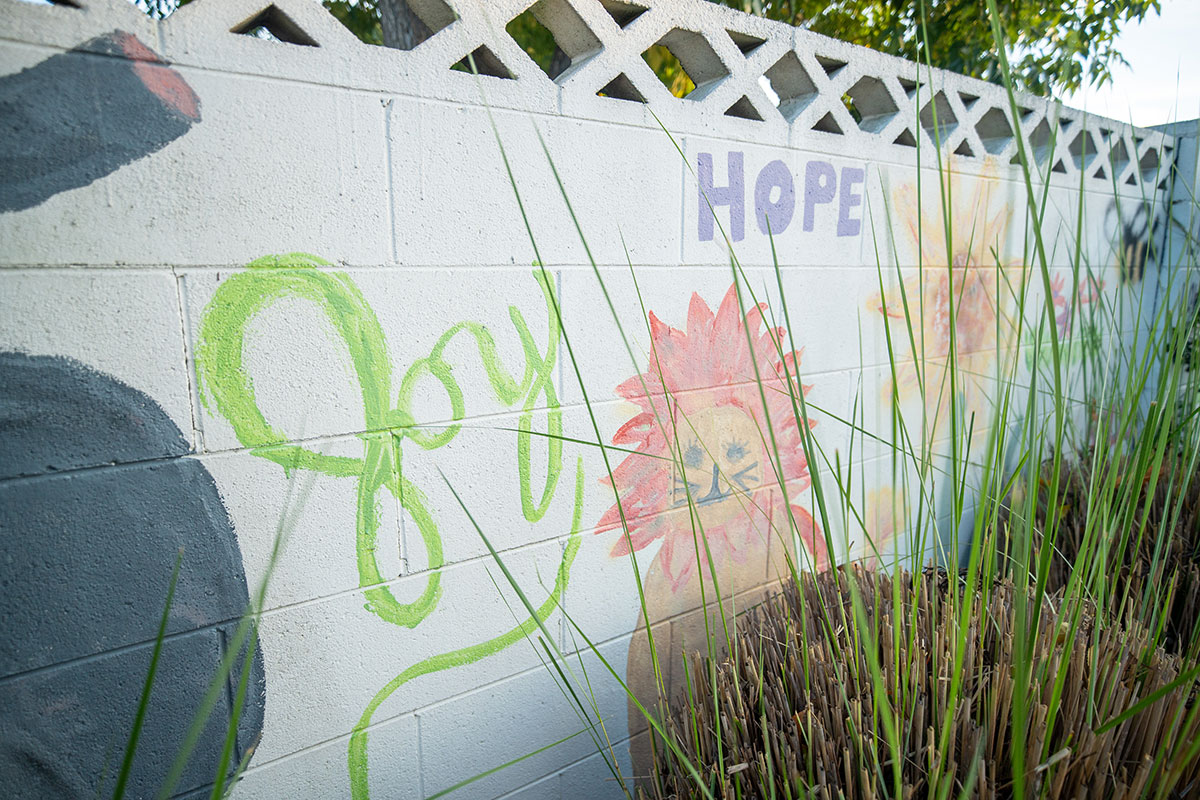
DBT treatment includes five necessary functions:
- Generalizing new behaviors
- Structuring the environment
- Improving motivation to change
- Enhancing individuals’ capabilities
- Improving therapist capability and motivation
What are Dialectical Behavior Therapy Treatment Targets?
People who receive dialectical behavior therapy usually have several problems that need treatment. DBT prioritizes treatment targets to help the therapist decide in what order the problems should be handled. The treatment targets in their order of priority are:
- Life-threatening behaviors: First of all, behaviors that could lead to death are targeted. This includes suicide communications, suicidal ideas, and any forms of suicidal and non-suicidal self-injury.
- Therapy-interfering behaviors: Any behavior that interferes with the person receiving effective treatment. This can be on the part of the individual being treated or the therapist. These include coming late to sessions, canceling appointments, and being non-cooperative in working towards treatment goals.
- Life quality behaviors: This includes any other type of behavior that interferes with having a regular life, such as SUDs, mental disorders, relationship issues, and financial or housing problems.
- Skills acquisition: This is the need for individuals in treatment to learn new behaviors to replace behaviors that weren’t effective in order to help them achieve their goals.
DBT Treatment Targets for Individuals with SUD
For people with SUD, substance use is the highest-order target within the category of behaviors that interfere with the quality of life. SUD-specific behavioral targets include:
- Lowering urges, cravings, and temptations
- Reducing behaviors that contribute to drug use
- Avoiding triggers and cues to use drugs or alcohol
- Relieving physical discomfort related to abstinence and/or withdrawal
- Increasing community reinforcement of healthy behaviors such as, finding new friends, getting involved in social and vocational activities, and finding environments that support abstinence
- Decreasing the use of substances, including illicit drugs and prescribed drugs that are being misused
The DBT Approach to Abstinence
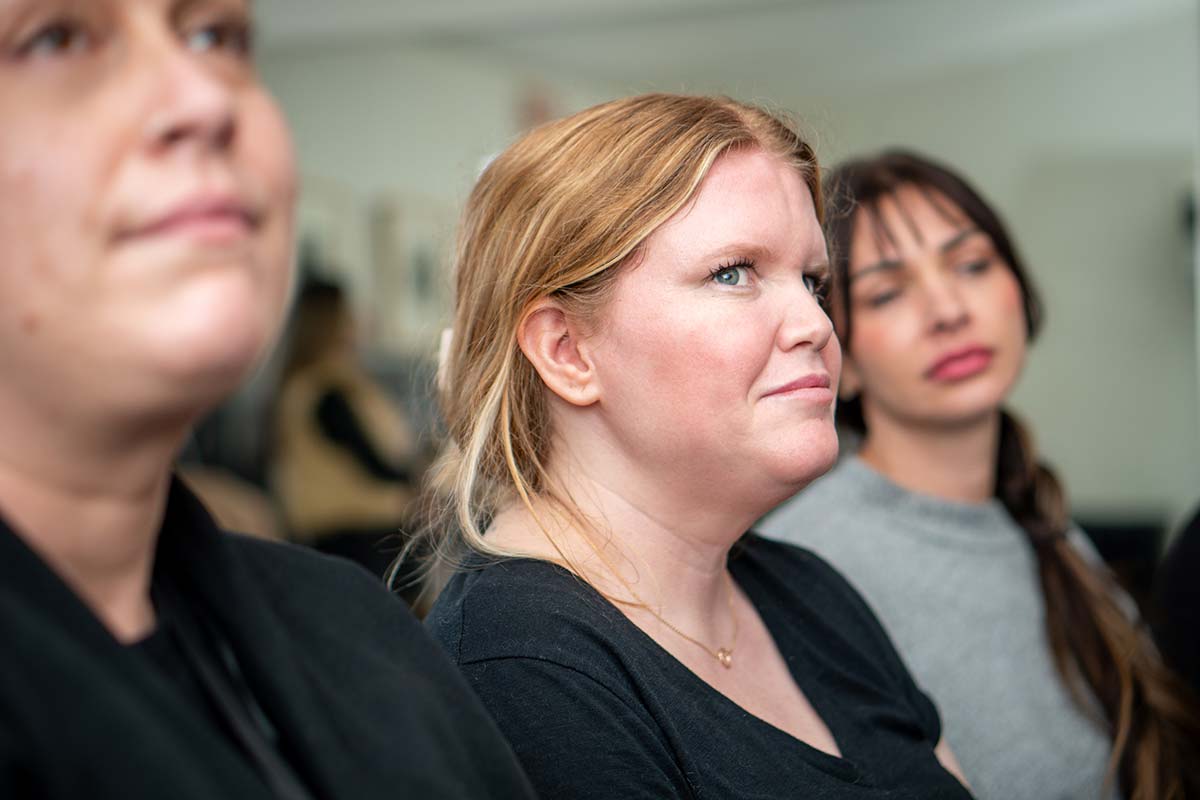 In the search for abstinence, the DBT dialectic takes the form of pushing for the immediate and permanent end of drug use (change). At the same time, understanding the fact that a relapse, if it happens, doesn’t mean that the individual with addiction can’t achieve the wanted result (acceptance).
In the search for abstinence, the DBT dialectic takes the form of pushing for the immediate and permanent end of drug use (change). At the same time, understanding the fact that a relapse, if it happens, doesn’t mean that the individual with addiction can’t achieve the wanted result (acceptance).
The therapist relays the expectation of abstinence in the first session by asking the individual to commit to stopping drug use immediately. But a lifetime of abstinence might seem impossible to reach, so the therapist encourages a commitment to a length of time that the person believes is achievable. At the end of the period, the person renews the commitment again. Eventually, he or she achieves long-term abstinence.
Coping Ahead
Another strategy teaches people to “cope ahead”. This involves learning the behavioral skill of recognizing possible triggers in the coming moments, hours, or days and then preparing responses to high-risk situations. In addition, individuals are encouraged to “burn the bridges” to their drug-using pasts.
Encouraging Acceptance
DBT sees relapse as a problem to solve. It is not the result of personal inadequacy or failure of the treatment. If the person does have a “slip” and relapse, the therapist guides the individual in recognizing the events that led to and followed the relapse. Thereby learning all that can be learned and applied to future situations. This way, the therapist can help the individual make a quick recovery from the relapse.
Frequently Asked Questions About Dialectical Behavioral Therapy (DBT) For Women
How is DBT different for women?
It’s not. However, conversations and applying skills to situations that women face are a big part in learning how to effectively learn the skills in the context of being a woman.
Can DBT help with eating disorders or body image issues?
Yes. The same principles apply with learning feelings, identifying them, and working with them which ultimately can help these concerns.
Is DBT suitable for postpartum depression or anxiety?
DBT can be helpful for women experiencing postpartum depression or anxiety. It teaches skills to manage intense emotions and improve relationships, which can be particularly beneficial during the postpartum period.
How long does DBT treatment usually last?
A stand–alone DBT program can last between 6-12 months. While at New Directions for Women the DBT will typically happen within the time you are in residential and outpatient which is around 3 months.
What are some challenges women might face in DBT?
Some challenges include confronting difficult emotions, learning and applying new skills consistently, and balancing therapy with other life commitments. Group settings can also be challenging for those who have interpersonal difficulties.
Can DBT be used for trauma and PTSD?
Yes, DBT can be effective for women with trauma and PTSD. It helps in managing distress and improving emotional regulation, which is crucial for individuals with trauma histories.
How does DBT differ from traditional cognitive-behavioral therapy?
DBT includes traditional CBT elements but places greater emphasis on emotional and social aspects, mindfulness, acceptance, and the therapist-client relationship. It’s more focused on building skills to manage emotions and improve relationships.


